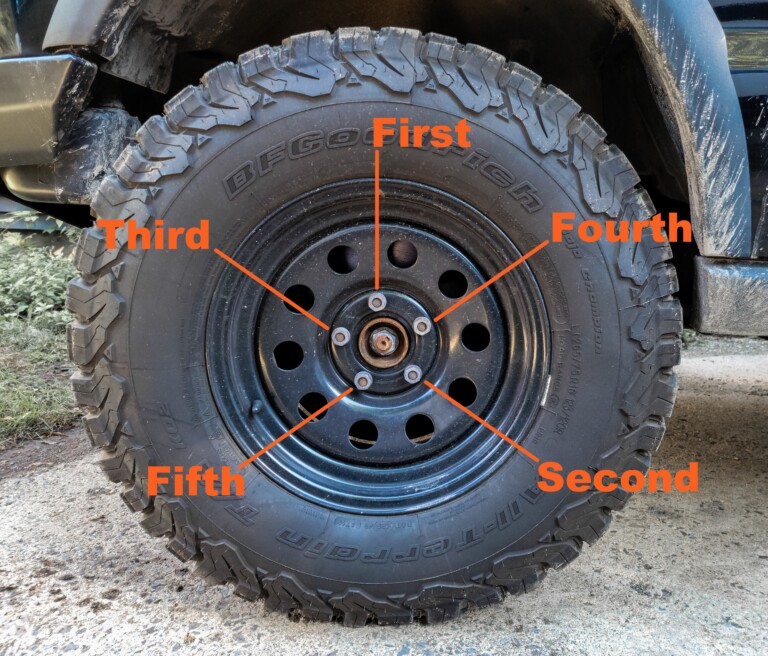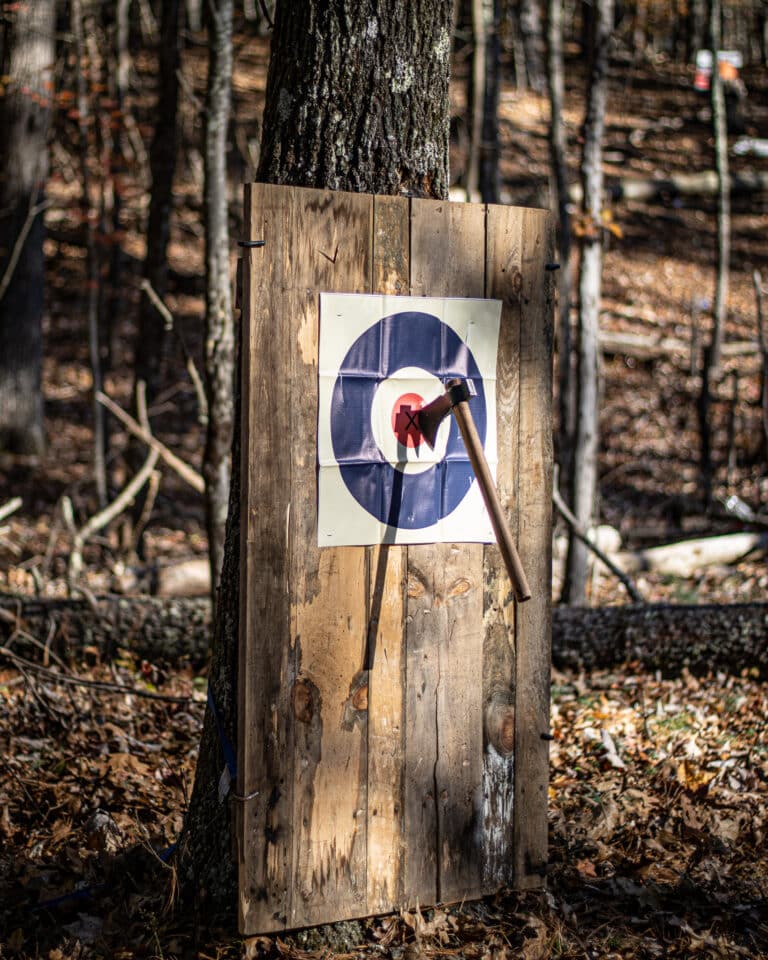How to Start Racing Cars As A Hobby: The Starting Line for Racing Newbies
I’m going to let you in on a bit of a secret. Growing up, I had two pipe dreams: play second base for the NY Yankees, or become a professional race car driver. I wanted to play ball until I realized it would never happen (right around 15 years old). But it was at that same time that my passion for motorsports really flourished. But, I had no idea how to start racing.
If you’re interested in getting started in racing cars, keep reading. I’ll discuss four types of car racing for beginners that you can get into today, and what it takes to get started.
Table of Contents
- How to Start Racing Cars As A Hobby: Is it too late?
- Types of Racing Events for New Racers
- Start Racing Cars As A Hobby: What is Autocross?
- Start Racing Cars As A Hobby: What is Rallycross?
- How To Start Racing Cars As A Hobby: What is Drag Racing?
- How to Start Racing Cars As A Hobby: What is Road Racing?
- The Best Cars To Start Racing
- How To Start Racing Cars As A Hobby: Final Thoughts
- FAQs
How to Start Racing Cars As A Hobby: Is it too late?
Let’s start this off with a reality check: If you’re checking the internet for information on how to start racing, your chances at a career in Nascar or Formula One passed a long time ago. Most of the guys who get behind the wheels of the big money cars have been driving racing machines since they were children (literally like 3 and 4 years old). And their families helped pave the way for them.

That’s just the way it is.
There’s nothing wrong with that, but high-level professional racing is an exclusive sport. But you don’t have to sign a deal with Red Bull or Budweiser to have a good time behind the wheel. There are plenty of amateur events that are relatively inexpensive and fun to do. And who knows, you might become a local legend and see some degree of success.
I just don’t want to give you the idea that after a few of the events I’m mentioning, you’ll be ready to take it to Spa or The Glen. This isn’t a Disney movie, fellas. But getting into racing can be an awesome hobby, and learning how to manipulate a car safely at high speeds is an absolutely badass skill to learn.
Types of Racing Events for New Racers
Not all auto racing is the same, and there are plenty of events to choose from. There is dirt track racing, rally racing, drag racing, club racing, and about 100 other types. And, within those 100-plus forms of auto racing, each has several divisions.
Some forms of racing are very difficult to break into. Most of the time, it’s because an amateur driver doesn’t have the money to outfit a vehicle in such a way that it meets safety standards or repair after events. But the following four types of racing aren’t so exclusive, and they can be relatively affordable to start racing (though the sky’s the limit).
Start Racing Cars As A Hobby: What is Autocross?
One of the easiest ways to start racing is to enter an autocross event. These events are fun, friendly, affordable, entertaining, safe, and challenging.
What is autocross, you ask? It’s a form of motorsport where drivers operate a vehicle through an obstacle course and compete for time. The course is usually a series of cones set up in a large, empty parking lot, and cars run one at a time. There are several classes, and your car’s mods (modifications) will determine which class you compete in.
During these events, speeds rarely reach more than 50 or 60 mph. Since they’re large parking lots with the only barriers being rubber cones, autocross races are very safe (in the grand scheme of auto racing).
By and large, autocross events are incredibly laid back, fun, and approachable. Racers will generally have to volunteer some time on course righting fallen cones and organizing the race. It’s a super chill, laid-back atmosphere.
Autocross Events

Most autocross events are held by local chapters of the SCCA (Sports Car Club of America). They usually cost somewhere between $25 and $50 to enter, and literally any car will do. If you want to race your wife’s minivan, you can. According to the SCCA website, all you need from your car is in generally good running condition, now worn or loose suspension parts, a secure battery, decent tires (without metal showing), decent brakes, and seatbelts.
Oh, and a helmet. They used to lend helmets, but in the time of COVID, you’ll have to bring your own. And your mountain bike helmet won’t work. It has to be DOT-Approved, with Snell “M” or “SA” certifications, and the number “2005” after the letters. Check your local chapter’s rules.
To find a local event, click here.
Start Racing Cars As A Hobby: What is Rallycross?
Okay, so before we start, there are two types of rallycross: professional rallycross with insane jumps, joker laps (yeah, they sound awesome, right?), and door-to-door racing, and then there are races held in muddy fields on farms. We’re talking about the latter.
For those that love the feeling of getting sideways, slinging mud, and sliding around tightening bends, rallycross might be the way to go. These relaxed events are usually held in fields surrounding race tracks or on the properties of very understanding auto-enthusiasts farmers, and they’re simply a blast. They’re set up much the same as an autocross event, with cones (and hay bales) as markers, though the obstacles can include mud pits, gravel patches, and the ruts of the drivers that went before you.
Rallycross events are fantastic. They give drivers the opportunity to participate in some off-road racing without doing 120 MPH on a tree-lined forest road (though some events can be pretty interesting). And again, if we’re considering the totality of auto racing, cones and hay bales (and speeds rarely reaching more than 50 MPH) are very safe, but they are incredibly challenging.
Again, rallycross is mostly a run-what-ya-brung type of race, meaning there’s a class for just about everything. Wanna take the course in your souped-up Subie? Got ya. Wanna get that Ram 3500 sideways? Go for it. Feel like grammy’s Corolla has a few muddy laps left in it? Crank it up and get going.
Rallycross Events
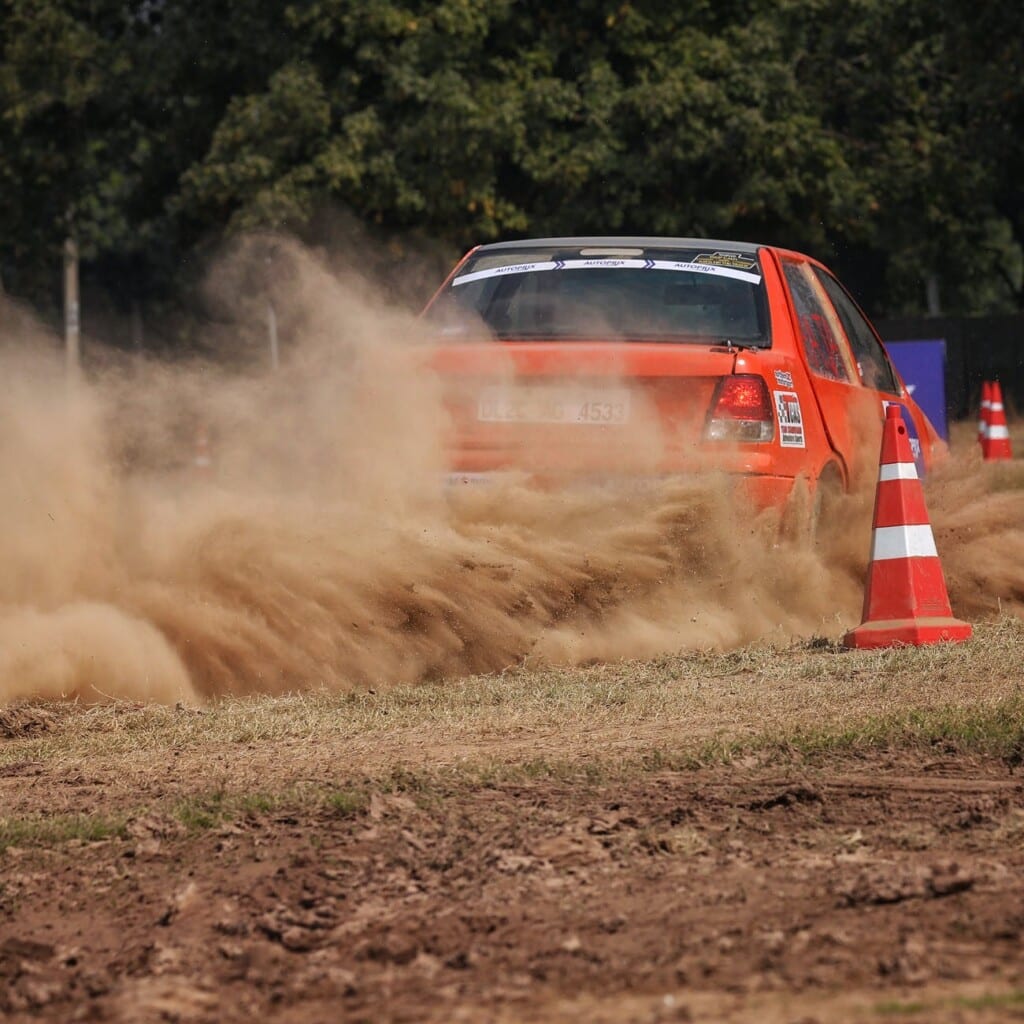
Again, the SCCA will be your most likely source for information on Rallycross events in your area, though some very small local events do pop up. In general, all you’ll need is a hard-top vehicle in relatively good condition and a helmet.
Do understand that you’ll have to empty your entire vehicle before hitting the track, so don’t show up with a weekend’s worth of empties in the trunk. And this requirement isn’t to make the car lighter; it’s to keep flying crap from hitting you in the coconut as you work the wheel and pedals.
Entering these events is pretty inexpensive, costing anywhere between $30 and $75 for the day. For that price, you’ll get several runs and the (compulsory) opportunity to work the course, just like at an autocross event. Also, like autocross, there are several divisions and classes for a vehicle to fall into, with the modifications and drivetrain being the deciding factors.
These events tend to be a little more challenging to find, but they’re worth it when you do. Click here for help locating a rallycross event, or speak to your local SCCA chapter.
How To Start Racing Cars As A Hobby: What is Drag Racing?
When most people think of amateur racing, drag is what comes to mind. Visions of a young lady with a ribbon in hand, standing at the starting line between 16 revving cylinders, flagging them on to start. Think Grease.
But the truth is that there are lots of amateur drag racing events, and it’s been a popular motorsport past time for years. Two cars line up on a double-wide straight track, go when the light turns green, and saw through the gears like madmen for a quarter-mile. And if you do it at a sanctioned event, it’s totally legal.
The competition here is all about consistency and improvement. You might beat the guy lined up next to you, but you need to be more concerned with running the time you expect to run. It’s much less hot rods on Sunset Strip and far more precision and timing. Do understand that these races are designed to reach very high speeds, so safety is not guaranteed.
Drag Racing Events
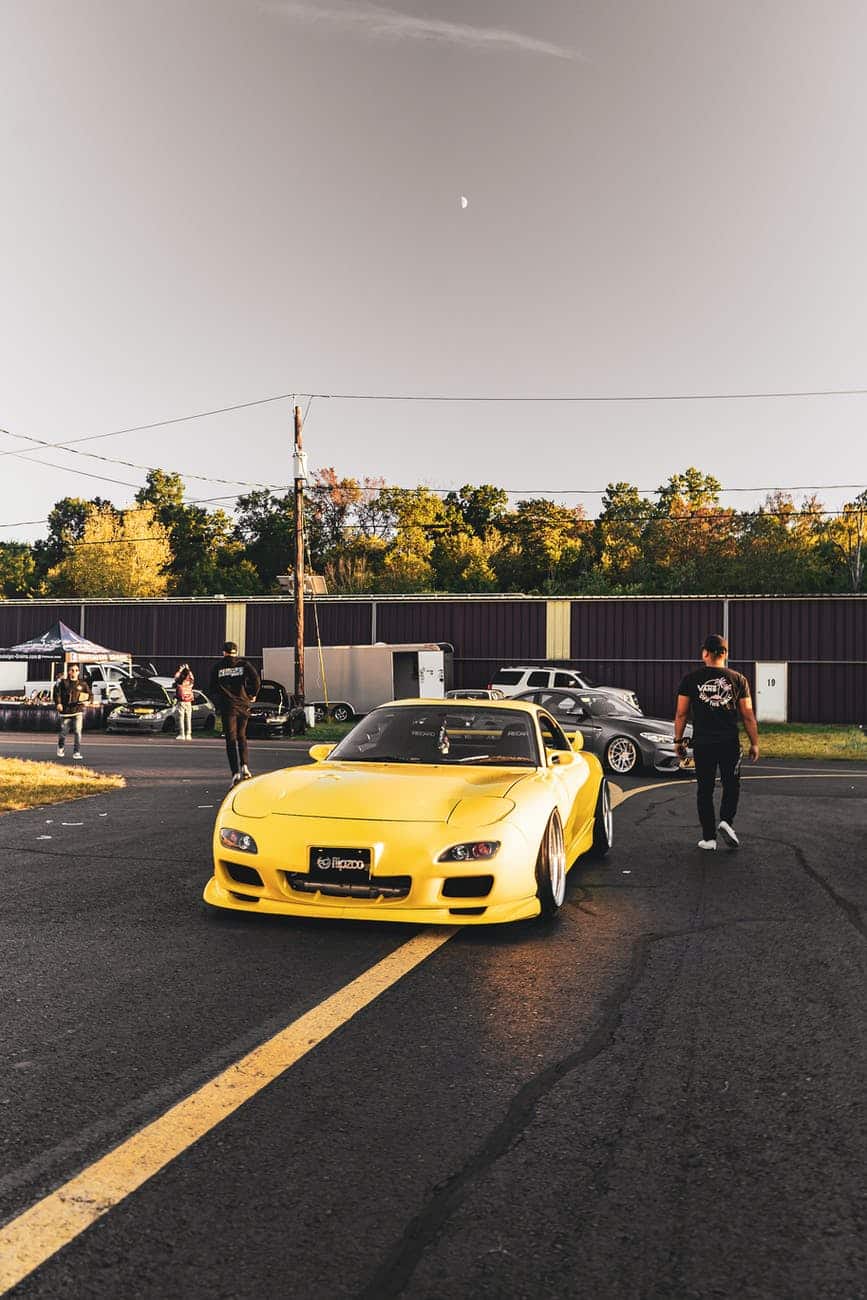
Getting started in drag racing might have a couple of hurdles because they need to be held in very specific locations. But, as far as a vehicle goes, the sky’s the limit. You’re as likely to see a high-powered muscle car on a drag strip as a tuned diesel pickup. For the classes that most entry-level drivers will compete in, the vehicle must be in good running condition with functioning seatbelts, a secured battery, and operational brakes.
When it comes to drag racing events, it’s easier to find a track and check its schedule than it is to find a club running one. Many drag racing tracks operate every weekend, and some have nights during the week as well. But, there are fewer and fewer tracks left in the US, so you might have your work cut out for you.
For your first stop while trying to locate an event, click here. That’s a complete list, and it breaks them down by state. Since there aren’t many drag racing tracks left, you can bet this list is pretty exhaustive. Racing entry fees vary by track, but testing nights can cost around $30 while events usually cost less than $100.
How to Start Racing Cars As A Hobby: What is Road Racing?
Not street racing, Vin; we’re talking about road racing. Street racing is illegal, and road racing takes place on a closed course that simulates a street environment, and it might be the ultimate fun in amateur racing.
You guessed it; there are several types of road racing. Some involve racing door-to-door with other cars, while others involve lap times. Door-to-door racing can be expensive, especially considering that you’ll probably have to take a two or three-day racing certification course (which is incredible but can cost thousands of dollars).
Road racing is the opportunity to take your car to an actual race course and put in some laps. You’ll be navigating the same chicanes, dips, and bottlenecks that the pros do.
The catch is that access to some of these tracks sometimes requires membership to a local SCCA, NASA, or SCDA club. But, once you’re in, you’ll be able to take your street car to its (reasonable) limits.

Road Racing Events
Road racing is the most challenging of the four options listed to get into, and each track has different rules and fees for entering (they can range between $200 and $800, depending on the track). Some might require you to be a club member, while others might let you show up, pass a safety inspection, and head on down the track.
At a minimum, your vehicle will have to meet the standard safety requirements, including seatbelts, properly functioning suspension and brakes, a helmet, a secure battery, and a relatively empty vehicle. Also, understand that a track day will take a considerable amount of life out of your tires and brakes. You might only make 50 miles worth of laps, but the g-forces are much higher when you’re motoring on a track for time.
The Best Cars To Start Racing
As you guessed, almost any car will do for most of these events (except for road racing — that’s pretty specific stuff). But, if you want to take your amateur racing career seriously, here’s a handful of cars that will do the trick.
Keep in mind that there are plenty of other cars that would be a ton of fun to drive in a local, relaxed competition, but these are some of the best cars to start racing. I’ve included some pros and cons, and a quick description of each.

Honda Civic SI
Pros:
- Parts Availability
- Great transmissions
- Light
Cons:
- Not the cheapest choice new
- And older models are pulling premium prices
Honda Civic SIs have long been a fan of amateur racers. They’re light and nimble, they’re known for their transmissions, and there are tons of aftermarket and replacement parts. The problem is the cars themselves aren’t cheap, and older models are pulling a lot of dough.
Best for: Autocross, rallycross, road racing

Volkswagen GTI
Pros:
- Affordable
- Tunable
- Powerful
Cons:
- Heavy for a small car
- Turbo might put you in a different class
I’m a lifelong lover of the GTI, and I’ve owned a few. Volkswagen has sold so many of them in recent years that you can get a powerful, tunable little race car for under $6,000. And while these cars are surprisingly quick, their heft can be an issue when changing directions around a tight course. Also, many events have different classes for forced-induction vehicles, of which the GTI is one.
Best for: Autocross, rallycross, road racing
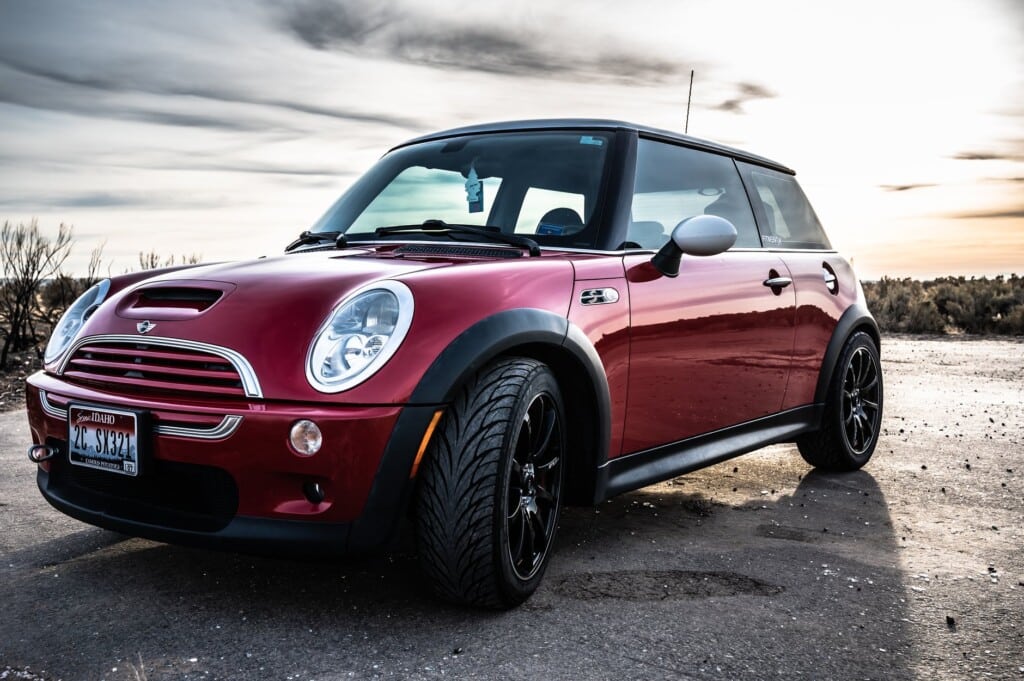
Mini Cooper S
Pros:
- Affordable
- Nimble as hell
Cons:
- Reliability is always an issue
- Supercharger or turbo will affect class
- No suspension travel
If you love small hatchbacks (which I do), it’s hard to deny that the Cooper S would make a hell of a beginner’s race car. These things have wheels at the very extreme corners of the vehicle, allowing it to be nimble as can be. But, they’re not incredibly reliable, and the supercharger or turbo (depending on the year) will affect classes. Also, suspension travel barely exists, making this one terrible for rallycross — one of the biggest disappointments I’ve ever dealt with.
Best for: Autocross, road racing
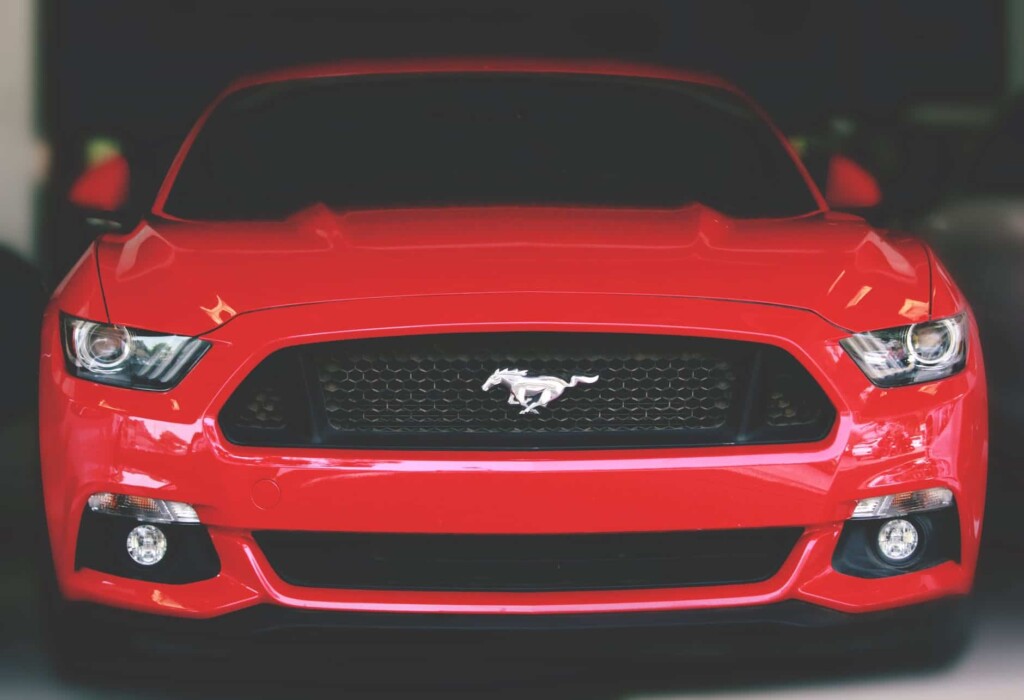
Ford Mustang
Pros:
- Lots of power
- They’re everywhere
Cons:
- Heavy
The Ford Mustang is legendary, and they make great race cars. Even the newer turbo models might have smaller engines, but they make a lot of power. They’re very fast, but they are a bit heavy, so quick changes in direction can be an issue.
Best for: Drag racing, road racing (though it does have a long rally history)

Subaru Impreza
Pros:
- Traction for days
- Can be powerful
Cons:
- Can also be expensive
The Impreza is the basic-level WRX or STI, but we’ll use it to encompass all models. All of those models benefit from Subaru’s AWD system, and while the Impreza might not be fast, the WRX and STI certainly are. The downside is to get into a faster model, you’ll have to pay some steep prices.
Best for: Autocross, rallycross, drag racing

BMW 3-Series
Pros:
- Availability
- A true driver’s car (depending on the years)
Cons:
- Can be expensive to fix
To those that know these vehicles, the 3-Series BMW seems like the perfect amateur race car. These cars have always been nimble and fun to drive, and even newer models aren’t the worst representation (though they sure do feel watered-down). The ship has sailed on the E30, as prices on those babies are through the rough. But the E36 and E46 are still available. They come in a variety of models with different engine sizes and transmissions and even drive wheels.
Best for: Literally anything
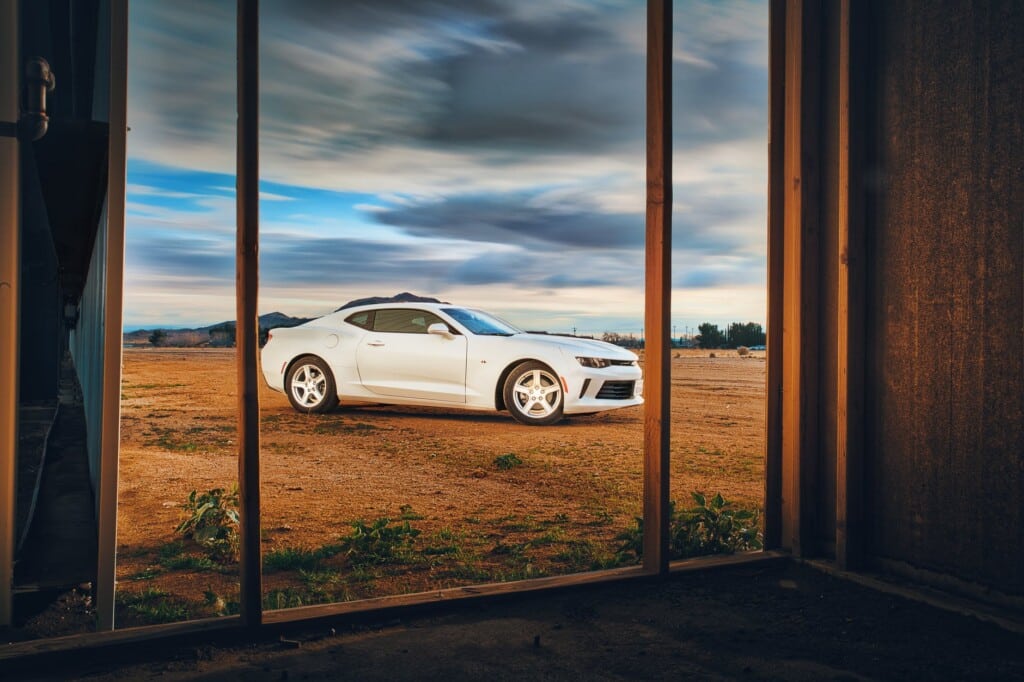
Chevrolet Camaro
Pros:
- Fast
Cons:
- Expensive
- Weight
Like the Mustang, the Camaro is a heavy hitter. Those long hoods hold big powerplants, and the Camaro uses every bit of it. But, the Camaro’s a hefty car, and quick direction changes can be challenging.
Best for: Drag racing, road racing

Mazda Miata
Pros:
- Basically a race car
- Affordable
- Incredible aftermarket support
Cons:
- You might forget which is yours on track day
Okay, so if you don’t think the 3-Series is the perfect amateur racer, it’s because you think the Miata is. This light, nimble, possibly underpowered beauty is basically a race car, and it can do just about anything a race car can do. They’re cheap, and the aftermarket support is phenomenal, but you might not be able to tell your red Miata apart from the 5,000 others that show up to track day.
Best for: Autocross, rallycross, road racing
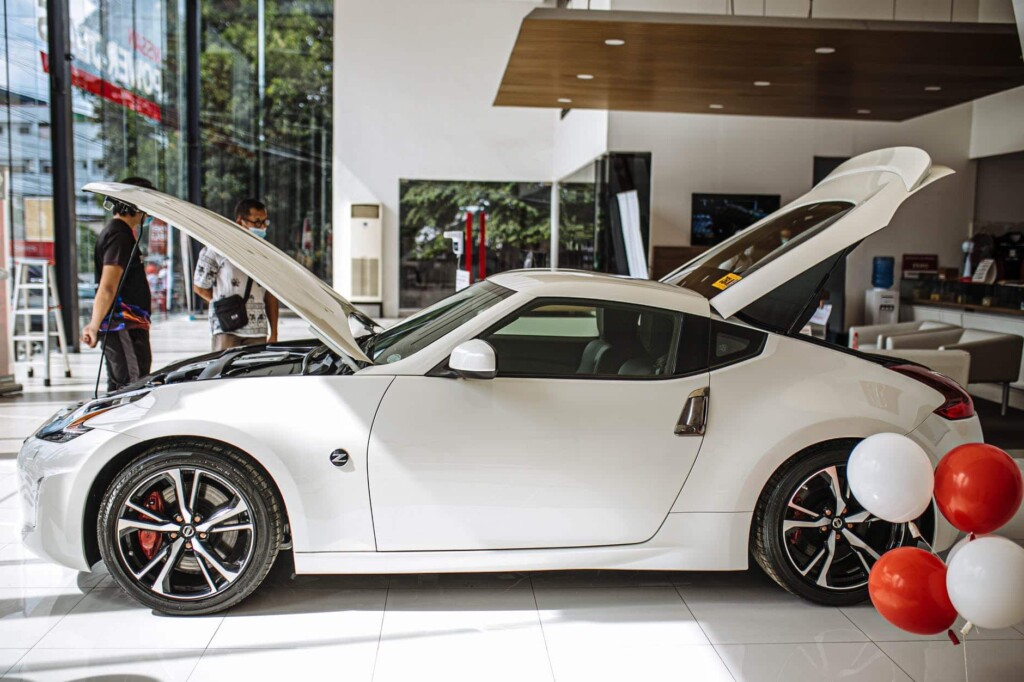
Nissan 350z or 370z
Pros:
- Availability
- Reliable engine
Cons:
- Not the prettiest vehicle on the list
- Older models might be a bit underpowered
Realistically, the Z is a pure sports car. It can do all the sports car things well, but it doesn’t excel anywhere specifically. It’s not the prettiest car, and the first generations were a little underpowered (would it have killed you to get it to 300 horsepower, Nissan?), but they’re relatively affordable, reliable, and pretty capable.
Best for: Autocross, road racing
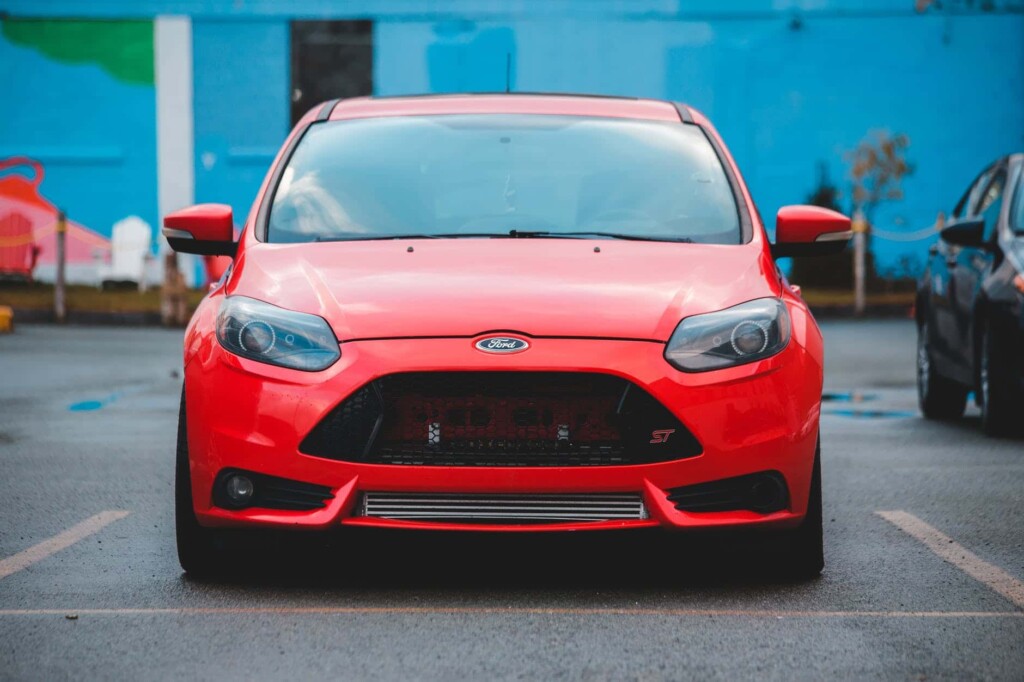
Ford Escort
Pros:
- Powerful
- Legendary
Cons:
- Availability might be an issue
- Not inexpensive
In other parts of the world, the Ford Escort is a motorsport legend. Its dominance in rally events is well documented. The ST and RS versions are powerful little beasts, and the RS is AWD. The only issue you might find is actually locating one of these monsters at an affordable price — RS especially.
Best for: Autocross, rallycross, road racing
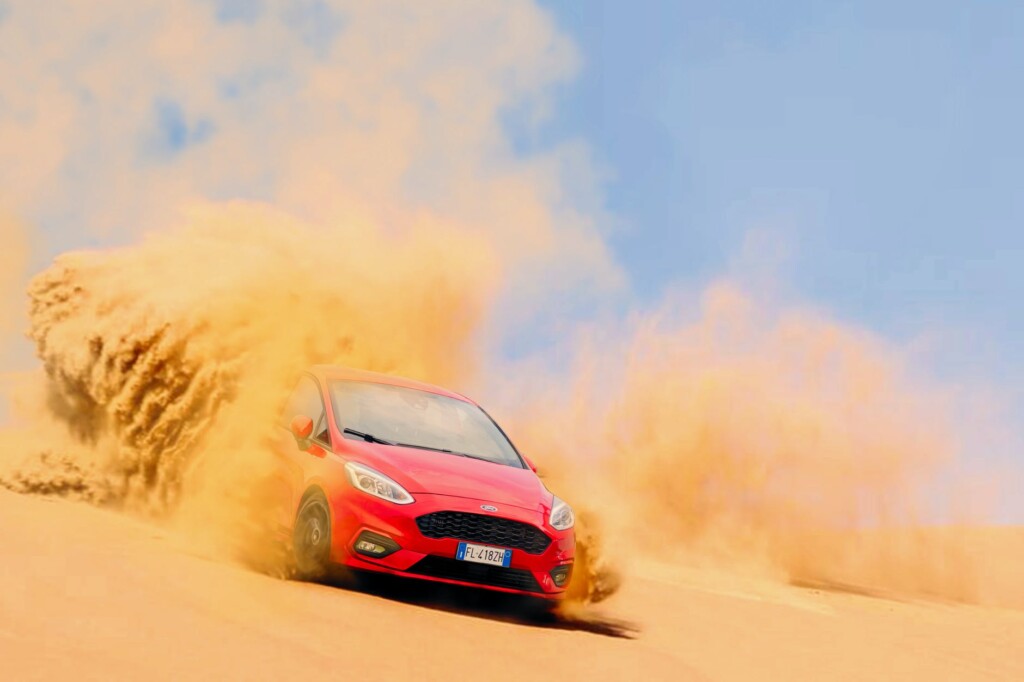
Ford Fiesta
Pros:
- Better availability than the Escort
- Light. Very light.
Cons:
- Could be underpowered
If you want a party on wheels, the Fiesta is literally for you. And as far as an amateur race car goes, the Fiesta’s pretty incredible. It’s super light, durable, and parts are cheap. Non-turbo models are underpowered, however. But, like its Escort big brother, it’s legendary in extreme dirt motorsport.
Best for: Autocross, rallycross, road racing
How To Start Racing Cars As A Hobby: Final Thoughts
Getting a start in racing doesn’t have to be an incredibly expensive endeavor or difficult experience. In most cases, whatever vehicle you have in your driveway can do the trick. And best of all, these forms of motorsport are some of the safest, and at our age, that’s pretty high on the priority list.
What do you guys think? Is there a better, more accessible form of amateur motorsport out there in which someone can engage? Is there a better first race car? I left a few phenomenal cars off the list on purpose, so I’d be interested to see if you guys suggest them. Let me know in the comments below. Also, if you like this type of content, please sign up for the TGA newsletter. You’ll get weekly content article and blog post content updates sent directly to your email so you don’t miss a thing!

Enjoying learning about badass skills? What about reviews on products men actually use? Or just generally learning how to be a more useful man? THEN JOIN THE TGA MAILING LIST! Weekly content sent directly to your email address so you don’t miss any of the fresh content and useful advice we’re producing. Sign up below!
FAQs
Does drag racing take skill?
While drag racing is beginner-friendly, it definitely requires skill to excel at the sport. Timing the launch, shifting, and adjusting behavior according to the atmospheric conditions are all skills that take honing.
What are the best street racing cars for under 5k?
We don’t condone street racing, but if we were going to choose a car for hitting the streets for under 5k, we’d choose a Mazda Miata, a Honda Civic, or a Mini Cooper. American muscle cars would be faster, but they’re difficult to find under the $5k mark.










